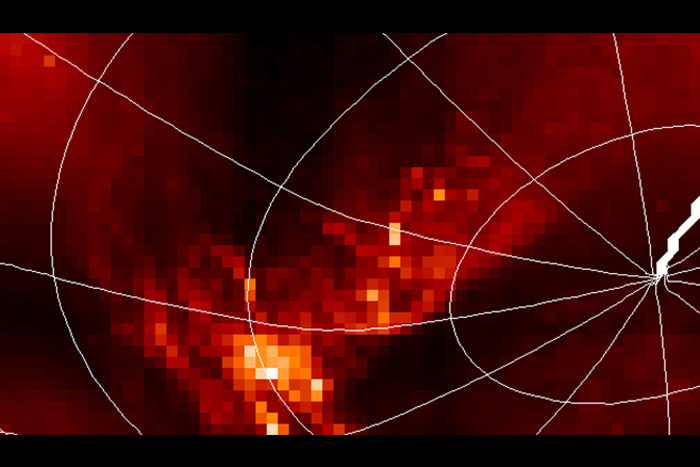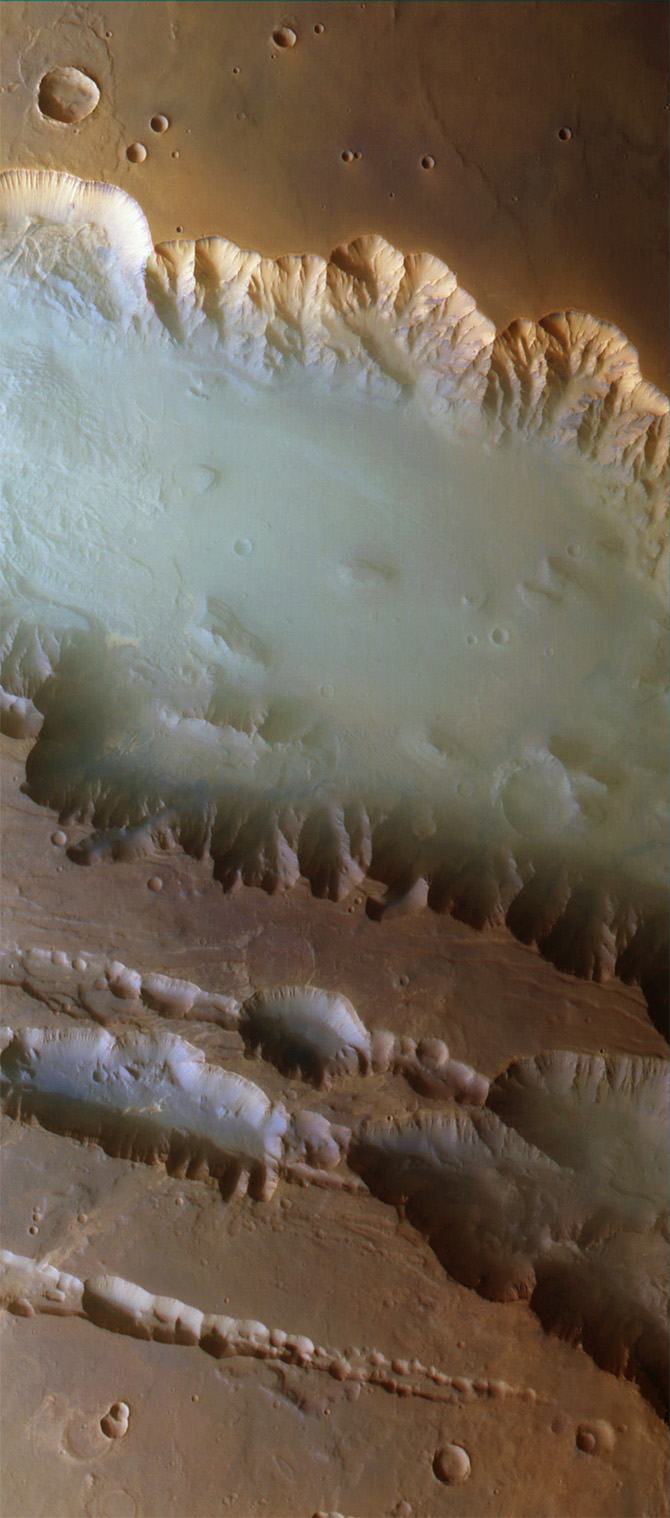Fog Detected on Surface of Saturn Moon Titan

More evidence has emerged, so to speak, of fog over a very special place: Titan. Titan is one of the largest moons in the solar system and is full of hydrocarbons, making it an interesting Saturn moon that looks like a precursor to what Earth was billions of years ago.
PHOTOS: 10 Years Later: When Huygens Landed on Titan
After multiple pictures of fog from Mars were released, the research team behind this new work wanted to know if it was possible to find fog using Huygens. Huygens was the European Space Agency's lander, attached to NASA's Cassini probe, that briefly survived on the surface of Titan in 2005.
"Ground fog on Titan has been seen before from orbit (Brown et al. 2009) so it's not unexpected to find fog on the surface," wrote York University postdoctoral researcher Christina Smith, the lead author of the study, in an email to Discovery News. "But it hadn't been detected from the surface before, which is what we did in our research and why it's exciting."

PHOTOS: Where in the Solar System is it Possible for Alien Life?
The work came from analyzing Huygens' "side-looking imager" data after the craft had landed. They noticed that some of the image frames had linear features, compared with the average data found in most frames.

"We evaluated possible origins. Clouds were considered, but no consistent movement across the frame was detected, so this is unlikely," Smith wrote. "A superior mirage was considered, but there was no temperature inversion detected on descent so again, this is considered unlikely. We considered a background rise, but due to several considerations our most likely explanation (in our opinions) is that this feature is due to a fog bank rising and falling."
Get the Space.com Newsletter
Breaking space news, the latest updates on rocket launches, skywatching events and more!
NEWS: Winter Is Coming: Giant Ice Cloud Appears On Titan
Fog was first recorded on this moon in 2009. At the time, California Institute of Technology co-discoverer Mike Brown said fog must have happened because of high humidity; in other words, it had rained. Cold air is uncommon on Titan — although it likely can cool somewhat above a pool of evaporating methane — and there are no mountains high enough on the surface for fog.
"Evaporating methane means it must have rained," Brown wrote on his blog at the time. "Rain means streams and pools and erosion and geology. Fog means that Titan has a currently active methane hydrological cycle doing who knows what on Titan."
NEWS: Titan Appears Earth-Like in New Image
But this fog forms differently from Earth, both Brown and Smith point out. The Titan fog is methane and happens when liquid methane on the surface evaporates. On Earth, fog occurs when air cools to the dew point.
The new research was published in the journal Icarus.
Originally published on Discovery News.
Join our Space Forums to keep talking space on the latest missions, night sky and more! And if you have a news tip, correction or comment, let us know at: community@space.com.

Elizabeth Howell (she/her), Ph.D., was a staff writer in the spaceflight channel between 2022 and 2024 specializing in Canadian space news. She was contributing writer for Space.com for 10 years from 2012 to 2024. Elizabeth's reporting includes multiple exclusives with the White House, leading world coverage about a lost-and-found space tomato on the International Space Station, witnessing five human spaceflight launches on two continents, flying parabolic, working inside a spacesuit, and participating in a simulated Mars mission. Her latest book, "Why Am I Taller?" (ECW Press, 2022) is co-written with astronaut Dave Williams.









